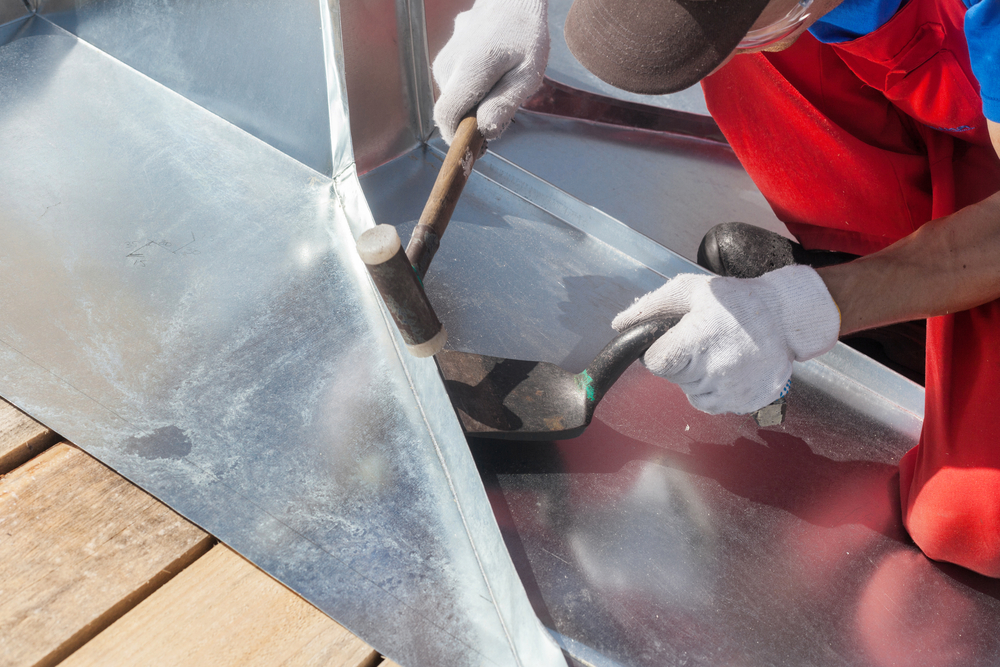Sheet metal hemming explained
12th Jan

Hemming is a sheet metal fabrication process in which the edges are folded over each other. The aim of it is to give the edges more strength, improve the visual aesthetic, join different parts together, and cover any rough edges or burrs/defects. In this article, we’ll be exploring everything you need to know about sheet metal hemming including the benefits of the process and the different types of hem. Let’s start by looking at hemming in more detail.
What is sheet metal hemming?
Like the name suggests, sheet metal hemming does resemble edge stitching on clothes. When the edge of sheet metal is hemmed, its strength is reinforced to give it better longevity and accuracy during the process is essential for a better surface quality and appearance ahead of its application upon completion. A common use for sheet metal hemming is in the production of car parts, including the doors, bonnet, and boot lid. This is because it is extremely useful for connecting two metal parts together.
What are the benefits of hemming?
There are several benefits to using sheet metal hemming including strengthening the edges of the metal, covering imperfections, making the edges easier and safer to work with, and joining parts together. This all works together to create a product that will be high-quality and long lasting in various industries.
Breaking down the main hemming processes
Conventional die hemming
This type of hemming is the most commonly used for fabrication of straightforward and flat panels on a mass production scale as it is more restricted to simple pieces. It requires several stages, often referred to as pre-hemming and final hemming to bend the complete length of the metal and predetermined angles with a hemming tool. Despite the production of conventional die hemming being very costly, especially when buying the equipment, there are ways to minimise cycle times significantly.
Roll hemming
A hemming roller is used to carry out this process in small parts. Due to the accuracy and technicality required it is often done with robots so the roller can precisely create the flange. By contrast to die hemming, roll hemming is considered to be much more flexible, economical, and less expensive, but the cycle times can be a lot higher due to the roller needing to follow a vert strict path to achieve its goal to the highest possible standard.
What are the different types of hem?
Closed hem
In a closed hem, the folded over part of the metal lies completely flat on top of the other metal surface with no air pocket or gap in between them. More tonnage is needed to make a closed hem than other hems, meaning thicker sheets of metal should be avoided in this process as they could start to crack.
Open hem
When the metal is folded over, a gap or air pocket is left between the metal, with the bend sitting at an angle of 180 degrees. Not as much tonnage is required to create this hem in comparison to a closed hem.
These are the two main types of hem that you need to know about, there are others, but these are the most commonly used.
What is the difference between hemming and seaming?
As well as hemming, there is another similar process in this area of metal fabrication called seaming. You will often find seaming being used in the food industry as it is very effective in sealing tinned items thanks to its ability to cut off one side of the sheet metal from another. Even though they can be considered as quite similar, seaming is different to hemming in a few notable ways including:
- In most cases they will be used differently for example, the hemming process features heavily in vehicle production and some other general uses. Seaming on the other hand is more specialised and has its role in food and roofing sectors for which hemming would not be suitable.
- There will always be a gap in the seaming process, it doesn’t create a fully flat style of hem.
- The goal of seaming is simply to join two parts together, the strength of the edges, the look and quality of the end result is not as important as it is with hemming.
Where can I find sheet metal fabrication near me?
If you’re looking for high quality bespoke metal fabrication, our team at FEM can help. The range of products we make are diverse and span across a range of sectors from structural fabrications, offshore oil, and gas, nuclear, and many others. We have accreditations in place to ensure there is full traceability of all materials while manufacturing metal to a specified standard. Contact us today to discuss the specific requirements of your project.